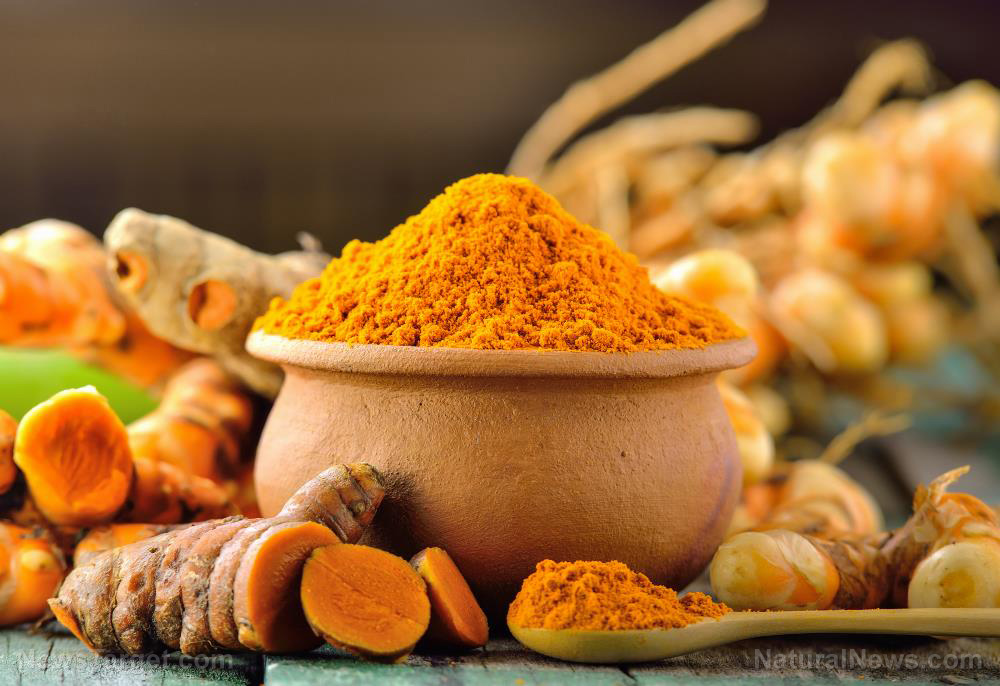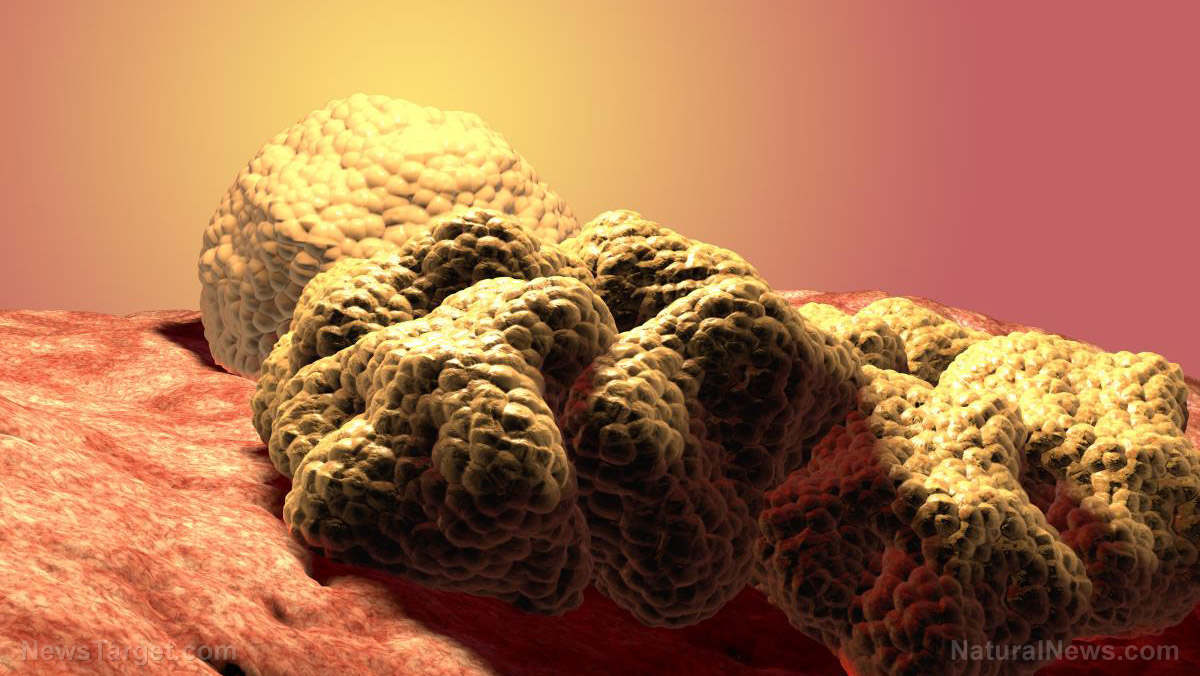Spice beats chemo: Study reveals turmeric is more effective at killing cancer cells than chemo or radiation
03/22/2019 / By Isabelle Z.

The mere mention of cancer strikes fear in the hearts of many people, and rightfully so. Having certain types of cancer often means you’ll be facing years of brutal treatments – if you’re lucky enough to live that long. Although it’s hard to imagine the disease could one day be considered non-threatening the way that many of the illnesses that used to kill people hundreds of years ago are viewed now, scientific breakthroughs like a recent study exploring turmeric’s effects on cancer cells are starting to give patients some hope.
This ancient Indian spice has been the subject of many studies in recent years as it continues to demonstrate its strength when it comes to fighting and preventing a host of diseases. Its inflammation-fighting properties are already well documented, and now a study published in Anticancer Research provides a comprehensive view of how the primary polyphenol in turmeric extract can selectivity kill cancer stem cells safely in ways that put radiation and chemotherapy to shame.
Many natural cures are valued for their simplicity, but turmeric is surprisingly complex in the way it fights cancer. It uses multiple molecular mechanisms to attack cancer stem cells, which are responsible for producing the cells in tumors. These stem cells resist chemotherapy and radiation, and surgery can sometimes even cause them to spread, which is why they’re often behind conventional treatment failures and tumor recurrence.
One aspect of curcumin’s intelligent approach is its ability to downregulate interleukin-6. The over-expression of this cytokine has been linked to inflammation progressing to cancer, and curcumin stops it from being released and stimulating cancer stem cells. It also directly and indirectly downregulates interleukin-1, which plays a vital role in the growth of cancer cells, and interleukin-8, which stimulates the regrowth of tumor-forming cancer stem cells.
Another way curcumin can fight cancer is by decreasing the binding of CXCR1 and CXCR2 and modulating pathways like the Wnt Signaling Pathway, the Notch Pathway, the FAK/AKT/FOXo3A Pathway, and the Hedgehog Pathways. If those terms are unfamiliar to you, you’re not alone – cancer is a complicated disease, but the bottom line is that curcumin targets deadly cancer stem cells in eight different and very powerful ways. (Related: Science journal confirms eating turmeric cured myeloma cancer in 57-year-old woman.)
Curcumin leaves healthy cells alone
Curcumin is a very efficient cancer fighter, targeting the most dangerous cells of all, cancer stem cells, without touching normal cells. Contrast this with chemotherapy, which damages the DNA of quickly-replicating cells while they’re vulnerable during the mitosis stage of cell division. It does this without determining if the cells are cancerous or completely healthy.
This is essential because normal stem cells are needed to maintain good health. They differentiate into the cells needed to replace those cells that become damaged or sick, and killing them is one of the biggest problems of chemotherapy and radiation.
Scientists aren’t exactly sure why curcumin doesn’t have these negative effects on normal stem cells. One possible explanation is that malignant cells simply take in more curcumin than normal cells do. It’s also possible that curcumin encourages cancer stem cells to differentiate into more benign cells. Others theorize that it changes cells’ microenvironments in ways that benefit normal stem cells and harm cancer stem cells.
We might not yet know precisely how it works its magic, we do know that it can be very effective. Perhaps even more importantly, it’s very safe compared to the currently available cancer treatments. Curcumin has been safely used as a cooking spice in many cultures for hundreds of years, and it causes very few, if any, side effects in trials.
Scientists are still trying to determine the best ways to harness curcumin’s healing power as a cancer therapy and the amounts needed to safely make a difference, but in the meantime, you can enjoy some of the benefits on a smaller scale by adding this bright yellow spice to your cooking. Remember to use a bit of black pepper as well to boost its bioavailability, and stay on top of the latest curcumin research. It’s possible that cancer will eventually become a far less frightening prospect as researchers develop curcumin-based treatments for the disease.
Read Chemotherapy.news for more news coverage of alternatives to chemotherapy.
Sources for this article include:
Tagged Under:


















